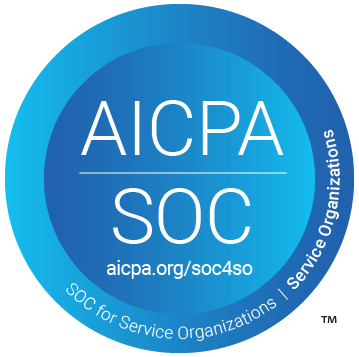What is Unicode?
What is Unicode?
For a computer to store text and numbers that humans can understand, there needs to be a code that transforms characters into numbers. This is what Unicode does; an international character encoding standard that delivers a unique number to every character across languages and scripts so all characters are accessible across all platforms, devices, and allows information to be parsed without interruption, no matter the language or character set used. The adaption of Unicode has allowed a consistent flow of encoding to almost every language around the world which ensures consistency of information across search engines and operating systems without interruption and potential corruption of languages or data transferred.
Why was Unicode developed?
Unicode was developed with the objective to unify all the different encoding schemes and to eliminate confusion. This was due to its counterpart and previous coding scheme, ASCII (American Standard Code for Information Interchange) being limited to only 128 character definitions. While this was ok for most common English characters, numbers and punctuation, there were limitations for the rest of the world.
As a result of this, other parts of the world started developing their own encoding scheme. This caused disorientation and lack of consistency across multi-country interchanges and resulted in various programs being needed to figure out which encoding scheme they were supposed to be.
How many characters in a Unicode?
The Unicode standard defines values for over 128,000 characters which can be seen at the Unicode Consortium. It has 3 types of character encoding forms.
- UTF-8: Uses on byte or 8 bits to encode English and uses a sequence of bytes to encode other native characters. UTF is used widely in email systems and through the internet.
- UTF-16: Uses two bytes or 16 bits to encode the most frequently used and common characters. Additional characters can be represented by a pair of 16-bit numbers.
- UTF-32: Uses four bytes or 32 bites to encode new characters and was created to undertake the growth the Unicode standard as 16-bit number was too small to represent all the characters. UTF-32 is capable of representing every Unicode character as one number.
Ascii vs Unicode
The main difference between ASIC and Unicode is the size comparison; Unicode allows characters to be to 32 bits and has over four billion values, where ASCII uses a 7-bit range and encodes just 128 distinct characters. This gives Unicode the conclusion of being able to cover a considerably larger range of characters.
Secondly, with Unicode being able to cover all byte variations from UTF-8 to UTF-32 ASCII is essentially just UTF-8, or we can say that ASCII is a subset of Unicode.
Advantages and disadvantages of Unicode
Here are some advantages of using Unicode:
- Unicode is universally accepted by computing platforms, browsers, and mobile devices.
- Most standards of programming languages like C++, JavaScript, XML and so forth all support Unicode in at least one of their encoding forms which can be UTF-8, 16 or 32).
- Unicode compatible fonts are freely available for almost all characters, so rendering characters is easier.
- Unicode is not an 8 or 16-bit system but rather defines characters in a 21-bit space. This means it has over one million characters that can be encodes and should have enough capacity for every human writing system presently and for the future.
- Using Unicode allows representation of characters in a single document, avoiding messy and error prone encoding shifts that appear in other encoding systems.
- The most common text processing operations are supported, including case changes, (lower, upper, capitalisation), sorting, segmenting into words, etc.
- It allows software to be localised a lot easier since new translations will not require new encoding.
- It supports emoji characters which are more commonly used today.
Here are some disadvantages of Unicode:
- More bits are needed for non-ASCII characters, which cause documents to take up more space than with encoding that are specific to a particular language or writing system.
How does Unicode work with Address Verification Technology?
Unicode allows address verification technology to capture customers’ addresses when entered in their native language; ultimately this significantly reduces the chance of errors resulting from miss- spelling and incorrect formatting.
You can learn more on How to Format an Address here.
In addition to this, multi-language support improves customer experiences across multiple countries and territories across any device. For this reason, businesses using an address verification service capturing verified addresses can use the same service without needing to change to different versions of their website across countries. An example of this is if an Australian person enters their address in China using Latin characters, the address is displayed in Chinese to the local carrier without recoding any characters. As a result, this vastly reduces the possibility of errors which would have been present recoding and gives a dramatic increase to successful and timely deliveries.
Similarly, errors are greatly reduced when customers can enter an address in a language they are familiar with rather than checking out, requiring it to be in the language preferred by the delivery driver or logistics fulfilment.
Melissa – The Address Experts
As the leader in address verification, Melissa combines decades of experience with unmatched technology and global support to offer solutions that quickly and accurately verify addresses in real-time, at the point of entry. Melissa is a single-source vendor for address management, data hygiene and pre-sorting solutions, empowering businesses all over the world to effectively manage their data quality.
250 +
Countries & Territories
1000555787 +
Addresses Verified
40 +
Years Of Experience
10000 +
Satisfied Customers Worldwide






